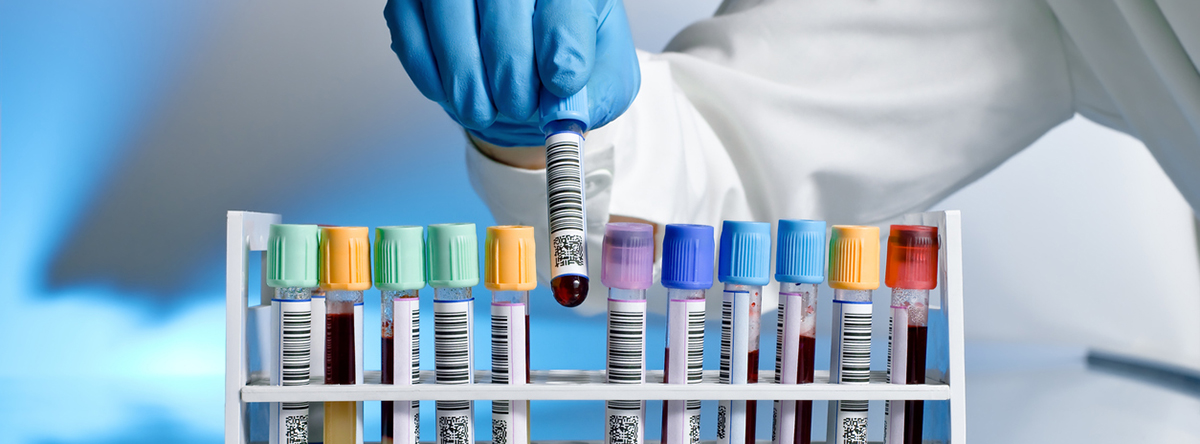Oil Sample Turnaround – Why a Rapid Return is Important

Oil Sample Turnaround
The Quicker the Return, the More Accurate the Results
Like the blood pumping through our veins, lubricating oil is the lifeblood or plasma within our vehicles and equipment. Without, they would come to a grinding halt – literally. As you can imagine, if you were to take a blood sample and leave it to sit for a week or longer before sending it off to the lab for analysis, it would not give you an accurate picture of what was going on in your body. In more extreme cases, when people are dealing with serious illness, regular blood sampling is necessary to have a day-to-day read on a patient’s health, which can be crucial for adjusting life-saving treatments. Although engine oil is not as sensitive as human blood, it should be treated in a similar manner by following the appropriate sampling protocol and by having a rapid turnaround to the lab. This will ensure the highest level of accuracy for determining the conditions within your engine.
Why Rapid Oil Sample Turnaround is Important
SCL offers a comprehensive Oil Analysis program used to determine the chemical condition of your fluids and how well your equipment and components are operating over time. When you take an oil sample, it is important to follow the specific sampling techniques outlines by our lab, ALS, and to return samples in as timely a manner as possible to preserve the valuable information found within the sample at the time it was taken. According to SCL’s Industrial Development Manager, Troy Hudson, “48% of all samples are delivered to the lab within 15 days after being pulled, which means that those samples are not entirely accurate. Basically, because of that delay, almost 50% of samples will immediately be inaccurate. Once received, it takes the lab between 48-72 hours to turn the sample around, which means that on average, almost 17 days have gone by before results are available to the customer. That’s a problem. If there is a condition that may cause failure within the system, by then the component may have already failed. For example, if you have a coolant leak, odds are that 17 days after operating under those conditions, severe and potentially costly damage can occur.”
The Bottom Line
Oil analysis performed on a regular basis is a key for a well run preventative maintenance routine that provides important information on the condition of your oil and the health and efficiency of your equipment. According to ALS, only 2% of all samples are received by the lab within 2 days of having been taken. Says Hudson, “I see customers waiting 15 days or more before their samples go in the mail because fleets are waiting until they build up a batch of 10 samples or more thinking they will save a couple of bucks on the cost of shipping. Either that, or the paperwork is not filled out in advance, so they get behind. If you have all of your information pre-loaded into the database, then at the point of sampling you can just scan the barcode on the sample form, pop it into a pre-addressed and 1st-class stamped envelope, and send it on its way to the lab. If the upfront work is done, it’s super easy to just drop samples into the mail, streamlining the process and allowing businesses to stay on top of this preventative maintenance measure.” As a fleet operator, the benefits to increasing oil sample turnaround are immense. If you can shoot for a 2-day maximum turnaround on getting fresh samples in the mail and on their way to the lab, you will increase the effectiveness of your oil analysis program significantly and will in turn greatly increase the protection of your equipment.
